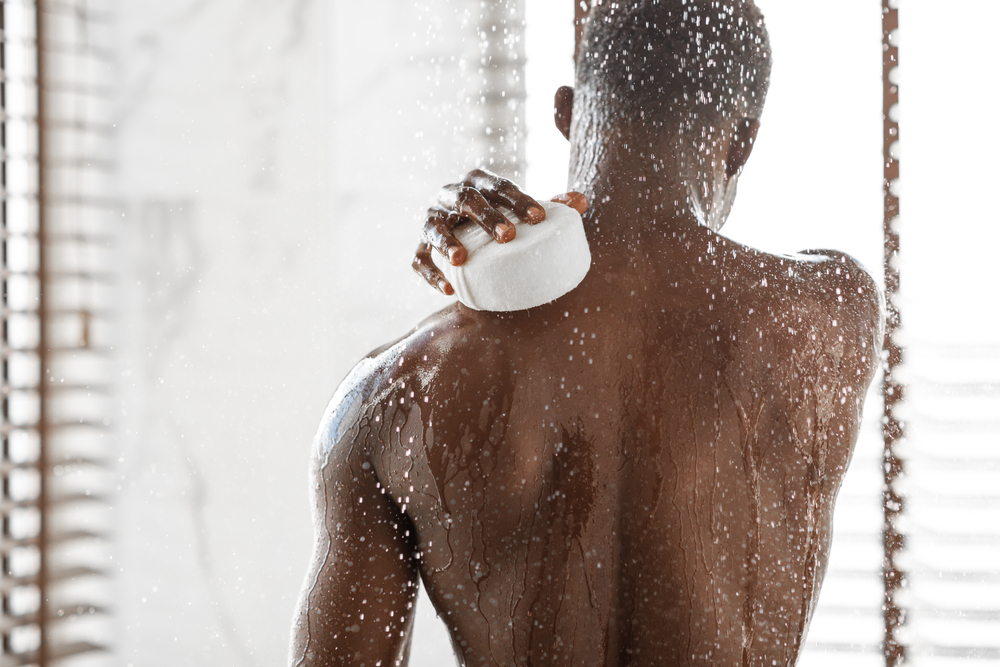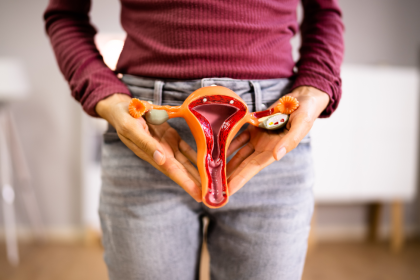Many people view their daily shower as a simple cleansing ritual, but emerging information suggests this routine might be doing more harm than good to your skin. What seems like basic hygiene could actually contribute to various skin problems including dryness, irritation, and premature aging. The culprit often lies not in the practice itself but in how we shower—from water temperature to product selection and post-shower habits.
Temperature troubles
The sensation of hot water cascading over tired muscles brings undeniable comfort, especially during colder months or after stressful days. This temporary pleasure, however, comes at a significant cost to skin health. Excessively hot showers strip away the natural oils that form a protective barrier on the skin’s surface. These oils, primarily composed of sebum, play a crucial role in keeping moisture locked in and irritants out.
When hot water dissolves these protective oils, it creates vulnerability in the skin barrier. The immediate aftermath might feel like cleanliness, but the skin quickly responds with increased dryness and sensitivity. Over time, this pattern of stripping and drying leads to chronically compromised skin that struggles to maintain proper hydration levels.
For individuals with existing skin conditions like eczema or psoriasis, the damage from hot showers proves particularly problematic. The heat triggers inflammatory responses that can worsen flares and extend recovery time. Even for those without diagnosed conditions, regular exposure to high temperatures eventually leads to visible changes in skin quality and comfort.
Finding the right shower temperature requires balancing cleanliness with skin protection. Lukewarm water—slightly below body temperature—effectively removes dirt and excess oils without stripping the skin barrier. While this might feel less immediately satisfying than a hot shower, the skin benefits accumulate over time with consistent practice.
Cleansing concerns
The skincare aisle presents countless cleansing options promising everything from deep purification to moisturizing benefits. The marketing often emphasizes scent and lathering ability rather than actual skin health effects. This focus on sensory experience leads many people to choose products that create problems for their skin.
Traditional soaps and many body washes contain surfactants that strip the skin barrier alongside dirt and excess oil. These cleansing agents, while effective at removing unwanted substances, frequently prove too harsh for daily use. The squeaky-clean feeling many associate with proper cleansing actually indicates barrier disruption rather than optimal cleanliness.
The problem extends beyond the primary cleansing ingredients. Fragrances, while pleasing to the senses, rank among the most common skin irritants in personal care products. The chemicals creating these scents can trigger reactions even in people who don’t consider themselves to have sensitive skin. Over time, repeated exposure sometimes leads to developed sensitivities even if no previous reaction occurred.
Shifting toward gentler cleansing approaches often solves many shower-related skin problems. Products labeled as “pH-balanced,” “fragrance-free,” or formulated for sensitive skin typically contain milder surfactants that clean effectively without compromising the skin barrier.
An often-overlooked aspect of shower cleansing involves targeted washing. Many people apply soap or cleanser to their entire body during every shower. This approach unnecessarily strips areas that don’t produce much oil or accumulate significant dirt. Focusing cleansing products on areas that truly need them—like the underarms, groin, and feet—while simply rinsing other areas with water preserves skin health while maintaining hygiene.
Mechanical irritation
The physical methods used during showering significantly impact skin health. Overly aggressive scrubbing with washcloths, loofahs, or brushes creates microscopic tears in the skin surface. While exfoliation offers benefits when done properly, daily harsh mechanical treatment damages skin faster than it can repair itself.
These abrasive tools harbor another problem beyond physical irritation. The warm, moist environment of the bathroom creates ideal conditions for bacterial and fungal growth on shower accessories. Using these items daily without proper cleaning and drying between uses introduces potentially harmful microorganisms to the skin surface, particularly problematic when mechanical irritation has already compromised the protective barrier.
Adopting a gentler physical approach transforms shower routines from potentially damaging to skin-supportive. Using hands for cleansing proves sufficient for daily showers, with occasional gentle exfoliation scheduled only once or twice weekly depending on skin needs. When exfoliation tools remain part of the routine, proper cleaning, drying, and regular replacement prevent microbial buildup.
Timing challenges
Duration and frequency of showering play surprising roles in skin health maintenance. Extended time under running water—regardless of temperature—contributes to barrier disruption through a process similar to osmosis, where water molecules eventually draw natural moisturizing factors out of the skin.
The frequency question proves equally important, especially in certain climate conditions. Daily showering, while culturally normal in many regions, exceeds what skin typically requires for hygiene purposes in moderate climates with minimal physical activity. For many people, especially those with dry or sensitive skin types, reducing shower frequency allows the skin barrier to maintain better function.
Limiting showers to 5-10 minutes provides sufficient time for cleansing without excessive barrier disruption. Regarding frequency, assessing actual needs based on climate, activity level, and skin condition helps determine appropriate intervals. Some people benefit from daily quick rinses of sweaty areas while washing the entire body less frequently.
Post-shower practices
What happens immediately after showering determines whether the skin recovers from potential barrier disruption or continues deteriorating. The post-shower window—approximately three minutes after stepping out of water—represents a critical opportunity for moisture retention.
When left untreated, water evaporating from the skin surface after showering takes natural moisture with it through a process called transepidermal water loss. This evaporation, combined with barrier compromise from the shower itself, leaves skin significantly drier than before washing. People often mistake this dryness as a need for more frequent washing, creating a damaging cycle.
Applying moisturizer to slightly damp skin within the three-minute window after showering transforms skin outcomes dramatically. This simple timing adjustment traps moisture against the skin surface while barrier repair begins. Product selection matters significantly—ingredients like ceramides, hyaluronic acid, and glycerin help restore barrier function rather than simply coating the surface.
Environmental factors
The bathroom environment itself influences skin responses to showering. Hard water contains minerals that can irritate sensitive skin and make cleansing products less effective, sometimes leaving a residue that further compromises barrier function. Extremely dry indoor air accelerates post-shower moisture loss, while overly humid conditions might encourage fungal growth on skin folds.
Simple environmental interventions often improve shower-related skin health. Water softeners reduce mineral content for those in hard water regions. Bathroom ventilation prevents excessive humidity, while humidifiers in adjacent spaces help maintain skin-friendly moisture levels during drier seasons.
Personalized approaches
Individual skin needs vary dramatically based on age, genetics, health conditions, climate, and activities. The ideal shower routine for a teenager with oily skin playing sports in humid conditions differs entirely from what works best for a mature adult with dry skin living in an arid environment.
This personalization extends to seasonal adjustments. The same shower routine that maintains skin comfort during humid summer months often proves disastrous during winter, when indoor heating and cold outdoor air combine to challenge skin barrier function. Recognizing the need for seasonal modifications prevents unnecessary skin problems.
The connection between shower habits and skin health represents a significant but often overlooked aspect of dermatological well-being. Small adjustments to temperature, products, techniques, timing, and post-shower care create substantial improvements for most people experiencing irritation, dryness, or sensitivity. While cultural norms and personal preferences influence bathing practices, understanding the skin science behind these routines allows for informed choices that balance immediate satisfaction with long-term skin health.














